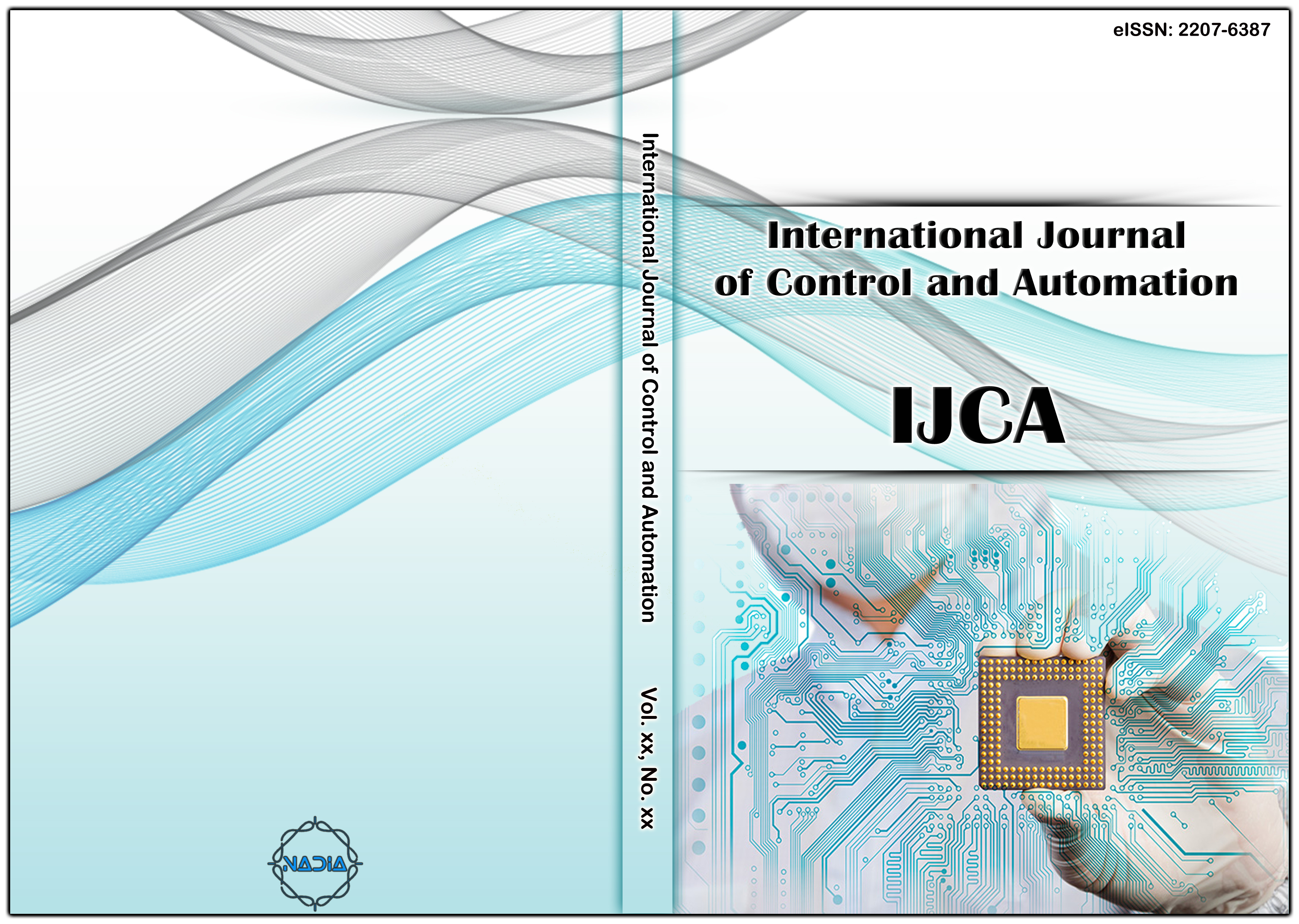[1] https://www.cybrary.it/study-guides/comptia-casp/confusion-and-diffusion-and-their-role-in-cryptography/ [Last Accessed on 10-06-2019].
[2] https://techdifferences.com/difference-between-confusion-and-diffusion.html[Last Accessed on 10-06-2019].
[3] https://www.tutorialspoint.com/cryptography/advanced_encryption_standard.htm[Last Accessed on 10-06-2019].
[4] https://searchsecurity.techtarget.com/definition/Advanced-Encryption-Standard[Last Accessed on 10-06-2019].
[5] https://www.tutorialspoint.com/cryptography/data_encryption_standard.htm[Last Accessed on 10-06-2019].
[6] Youssouf Mahamat koukou, Siti Hajar Othman, Maheyzah MD Siraj. Herve Nkiama “Comparative Study Of AES, Blowfish, CAST-128 And DES Encryption Algorithm”, IOSR Journal of Engineering (IOSRJEN), Vol. 06, Issue 06, 2016, Pp.01-07.
[7] Shaza Rihan, Ahmed Khalid Salih “A Performance Comparison of Encryption Algorithms AES and DES”, International Journal of Engineering Research, Vol.4, No.12, 2015, Pp.151-154.
[8] A blog written on entitled “AES vs. DES Encryption: Why Advanced Encryption Standard (AES) has replaced DES, 3DES and TDEA” by Townsend Security, 2018.
[9] Mohammed Nazeh Abdul Wahid*, Abdulrahman Ali, Babak Esparham and Mohamed Marwan, “A Comparison of Cryptographic Algorithms: DES, 3DES, AES, RSA and Blowfish for Guessing Attacks Prevention”, Journal of Computer Science Applications and Information Technology, 2018, Vol.3, No.2, Pp.1-7.
[10] Kyongjin Kim. “Analysis of Cryptography Techniques over Block Cipher” International Journal of Security Technology for Smart Device. Vol. 3. No. 2. Oct. 2016.GVPress. pp:7-14.
[11] Pallavi Agarwal, "Secure Node Communication with Cryptographic Algorithm in Vehicular Ad Hoc Networks", International Journal of Advanced Science and Technology, SERSC Australia, ISSN: 2005-4238 (Print); 2207-6360 (Online), Vol. 109, December (2017), pp. 1-12.
[12] Dennis Agyemanh Nana Gookyi and Kwangki Ryoo, "The Design and Implementation of a Hardware Crypto Core for Securing Pervasive Devices", International Journal of Control and Automation, SERSC Australia, ISSN: 2005-4297 (Print); 2207-6387 (Online), Vol. 11, No. 7, July (2018), pp.97-108.
[13] Rahul Saha, G. Geetha, Gulshan Kumar and Hye-Jim Kim, "Identifying Open Research Problems in Cryptography by Surveying Cryptographic Functions and Operations", International Journal of Grid and Distributed Computing, SERSC Australia, ISSN: 2005-4262 (Print); 2207-6379 (Online), Vol.10, No.11, November (2017), pp. 79-98.
[14] Zhou Xue Guang, Li Zhong Yuan, Wang HaoTian and Qv ChengQin, "Niederreiter Cascade Combination Cryptosystem Based on the Double Public Keys", International Journal of Security and Its Applications, SERSC Australia, ISSN: 1738-9976 (Print); 2207-9629 (Online), Vol.9, No.7, July (2015), Pp. 49-58.
[15] Pallavi Agarwal and Neha Bhardwa, "Overview of Trust Management in VANET and Various Cryptography Fundamentals", International Journal of Future Generation Communication and Networking, SERSC Australia, ISSN: 2233-7857 (Print); 2207-9645 (Online), Vol. 9, No. 6, June (2016), Pp. 137-144.
[16] Li-bo Zhang and Ben-qiang Yang, "An Efficient Cryptosystem for Medical Image Encryption", International Journal of Signal Processing, Image Processing and Pattern Recognition, SERSC Australia, Vol.8, No.7, July (2015), Pp. 327-340.
